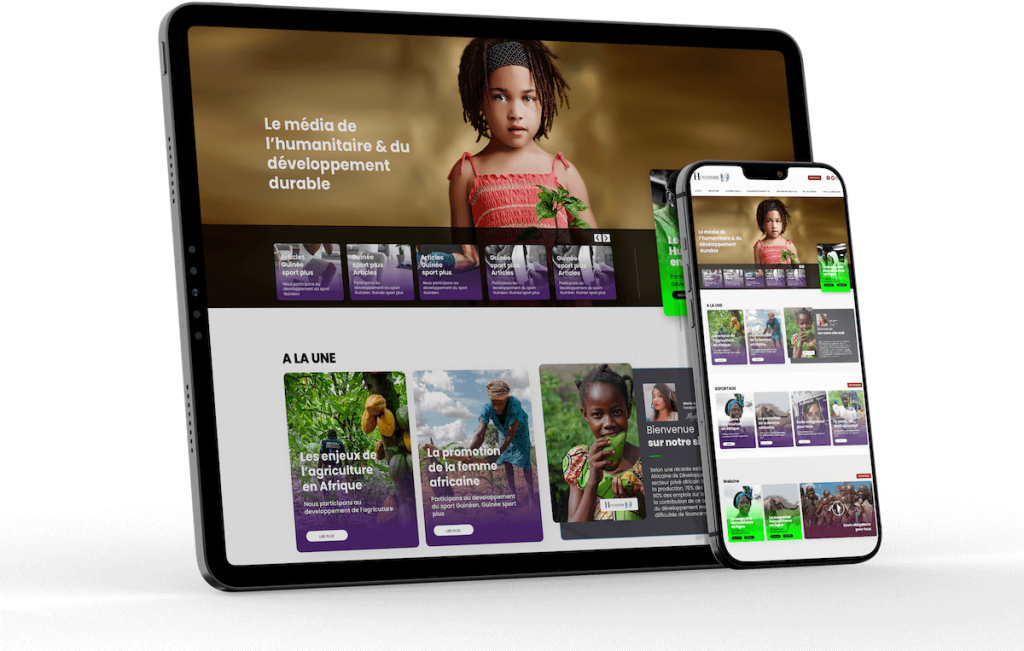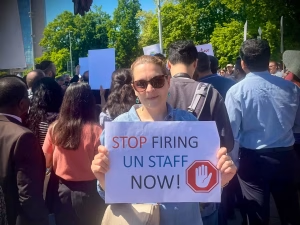The decarbonisation of the energy balance of an economy, a company, or a country consists of gradually reducing its consumption of primary energy sources that emit greenhouse gases (mainly carbon dioxide and methane), i.e.
fossil fuels (coal, oil and natural gas), or storing carbon dioxide underground. This change can be achieved by improving energy efficiency (thermal insulation, engine efficiency, etc.), replacing fossil fuels with very low carbon dioxide emitting energies (nuclear energy and renewable energies), in particular by electrifying fossil uses, and adopting more sober production methods, such as teleworking.
The word decarbonation therefore refers to all measures that make it possible to reduce the carbon footprint, i.e. greenhouse gas emissions, mainly carbon dioxide (CO2) and methane (CH4), in order to limit the impact on the climate.
The aim is to move away from the use of fossil fuels and replace them with renewable energy. The decarbonisation policy goes hand in hand with the energy transition policy. Examples of decarbonisation include the phasing out of coal-fired power plants and the phasing out of internal combustion vehicles.
In 2019, at least 19 European countries and four other countries will exceed the 50% threshold for decarbonisation of their electricity consumption. The verb “decarbonize” entered the Larousse in 2012 and the Robert in 2015. The noun “decarbonation” is the equivalent of “decarbonisation”.
In 2009, following the Copenhagen Climate Summit (COP15), the signatory countries of the United Nations Framework Convention on Climate Change (UNFCCC) put in place a policy to reduce greenhouse gas emissions in order to limit global warming.
Decarbonization is a term also used in the economy. It is about reducing the carbon footprint (the sum of CO2 emissions of companies) of equity portfolios. In a sustainable and responsible investment approach, investors remove from their portfolios companies that emit a lot of greenhouse gases or that finance fossil fuels (fossil fuel divestment).
The most populous and industrialised countries appear at the top of the list of the world’s most polluting countries. The three countries with the highest CO2 emissions in 2022 are
However, their carbon footprint per capita gives a very different result. In 2017, the biggest polluters per capita were Qatar, Kuwait and Saudi Arabia.
In 2022, global emissions of CO2 into the atmosphere reached 40.6 billion tonnes of CO2, a record that is likely to be quickly surpassed as projected trajectories do not foresee any decrease.
Sources :
Wikipedia
www.climate.selectra.com
https://climate.selectra.com/fr/empreinte-carbone/pays-pollueurs





